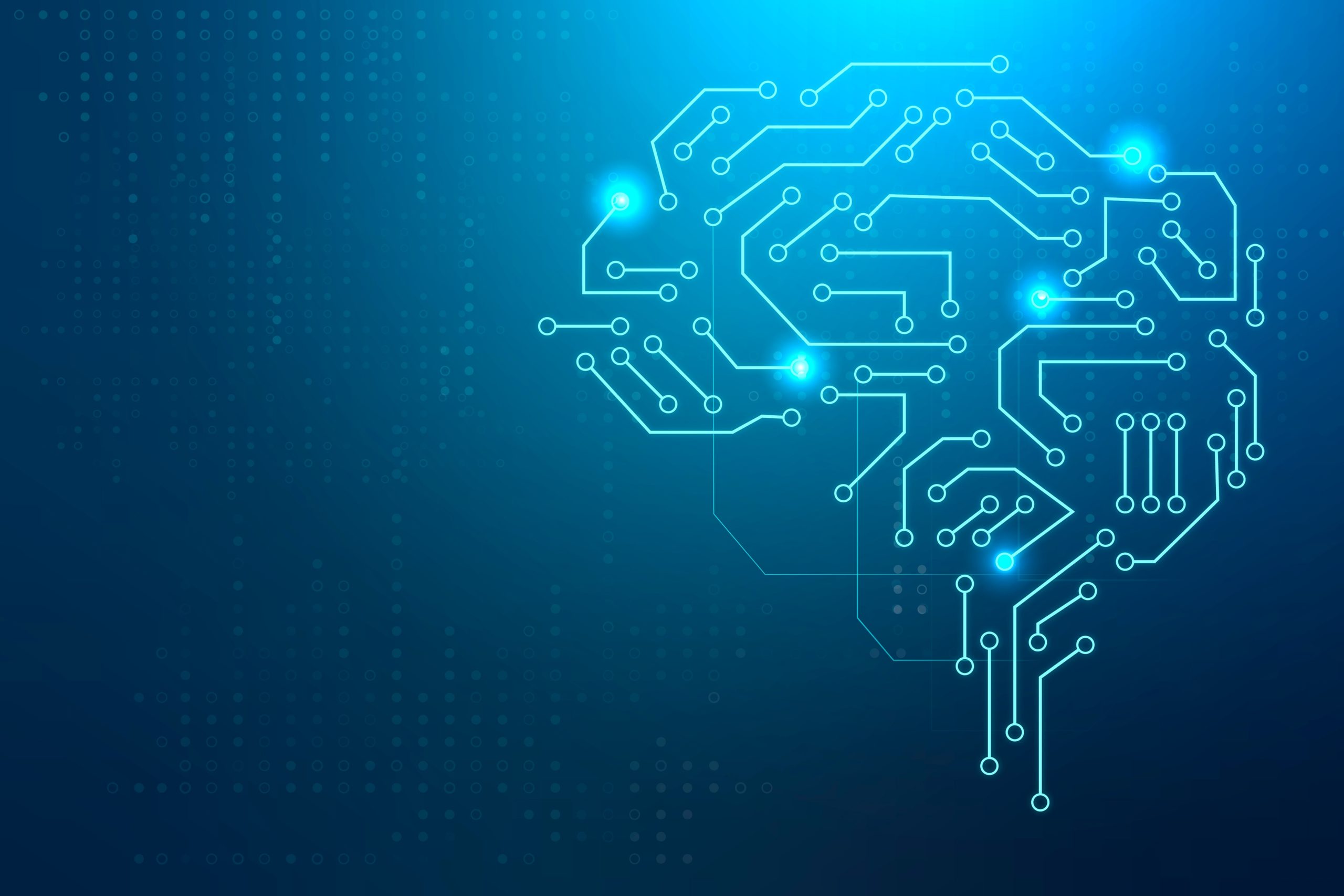AI (artificial intelligence) and machine learning are two buzzwords that are seeing a lot of attention these days. What do they actually mean? And is it something you should be worried about? In a nutshell, AI and machine learning are technologies that allow computers to “learn” by doing. In other words, they can automatically improve the accuracy of their results based on experience. This could mean better search results, recommendations, or even video recognition. There’s no doubt that AI and machine learning are growing increasingly important. But is it something you need to be worried about? Well, there are certainly some potential downsides. For example, if these technologies were to become widely used without proper regulation, they could lead to big problems such as data breaches and cyberattacks. So while you shouldn’t be completely oblivious to AI and machine learning, you shouldn’t be too scared either.
What are AI and machine learning?
Artificial intelligence (AI) is a branch of computer science concerned with making intelligent decisions based on data. The goal of AI research is to create machines that can reason, learn, and problem solve like humans.
Machine learning is a subset of AI that focuses on teaching computers to automatically improve their performance by analyzing large amounts of data. Machine learning algorithms are constantly adapting and improving as they learn from more data. This makes them very powerful tools for understanding and predicting patterns.
What are the benefits of using AI and machine learning?
There are many benefits to using artificial intelligence and machine learning. First, AI can help you automate tasks that would otherwise take a lot of time or effort. For example, you could use AI to automatically keep track of your finances or schedule your tasks. Machine learning can also help you improve your accuracy and efficiency when making predictions.
Another benefit of using AI is that it can provide insights that you wouldn’t otherwise be able to obtain. For example, AI may be able to identify patterns in data that you couldn’t see on your own. This information can then be used for decision-making or marketing purposes. Finally, AI can help reduce the cost of processing data by automating certain tasks.
How can AI be used to improve business processes?
Artificial intelligence (AI) has the ability to improve business processes by automating repetitive tasks and providing recommendations. Machine learning is a subset of AI that uses statistical models to learn from data. This allows AI to improve its accuracy over time, making it better at performing specific tasks.
AI can be used to automate tasks such as reviewing and approving documents, or identifying potential risks. It can also help identify possible solutions to problems, or recommend new products or services. In some cases, AI can even provide forecasts of future trends and changes. As artificial intelligence continues to evolve, it will become an even more valuable tool for businesses of all sizes.
What are some potential risks associated with using AI and machine learning?
There are a few potential risks associated with using artificial intelligence (AI) and machine learning.
First, AI can be used to create biased results. For example, if a machine is taught to discriminate between different types of pictures, it may be more likely to identify pictures of people as dangerous or threatening. This could have serious implications for the accuracy and reliability of AI-assisted decision-making processes.
Second, data privacy is another issue that needs to be considered when using AI. Due to the way AI works, it often requires access to large quantities of data in order to function properly. If this data is not secure or protected from outside influences, then it could be compromised by hackers. This could lead to sensitive information being released without permission or stolen entirely by malicious actors.
Finally, there is the risk of accidents caused by faulty AI systems. These systems are still relatively new and there is still much we do not know about them. If an AI system goes wrong, it can cause significant damage or loss of life. As such, it is important that all precautions are taken in order to prevent such accidents from happening in the first place
Conclusion
If you’re like most people, you’ve probably heard the term “AI” but don’t really know what it means. In this article, we’ll help to clear up some of the misconceptions about ai and machine learning so that you can start to understand what they are and how they work. We’ll also talk about some of the potential benefits of using these technologies in your business or personal life, so be sure to read on if you’re interested in learning more!





